
Widely cultivated as an herb, spice, and vegetable, parsley (Petroselinum crispum) is so much more than a decorative garnish.
Native to the Mediterranean region, its name is derived from Greek and means “rock celery”. As part of the Apiaceae family, parsley is closely related to carrots, celery, parsnip, and dill, and like these foods, has a distinctively robust flavor.
Parsley tends to add a slight peppery flavor to foods, with an anise-like pungency, while also providing the taste of what can only be described as “freshness” to any dish.
About the Parsley Plant…
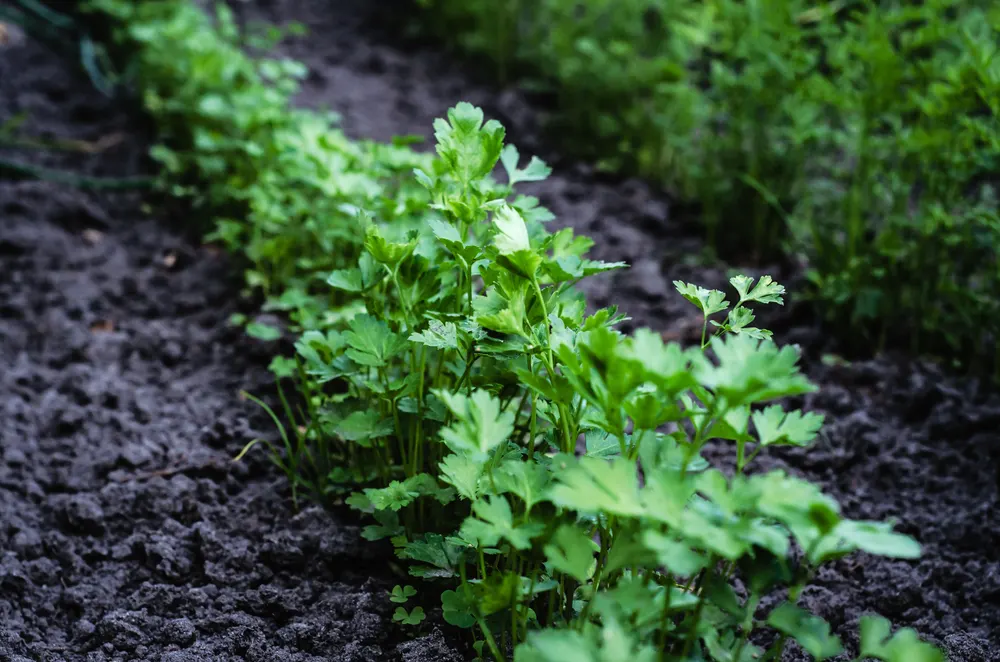
A biennial herb that grows about one foot tall and wide, parsley has a clumping habit of numerous stems topped with feathery, tripinnate leaflets.
Often grown as an annual, its first year will provide an abundance of parsley stems and leaves.
During its second season, parsley will flower with an umbel of yellowish-green blooms while putting out less flavorful foliage. Pinching off seed heads will help the leaves retain their sweetness. By allowing a few plants to go to seed, parsley will self sow and provide new plants the following spring. Collecting seeds at this time will also furnish you with plenty of parsley for years to come.
In its third and final year, its pungent and tasty taproot can be harvested and eaten before the plant dies off for good.
There are three varieties of parsley to choose from:
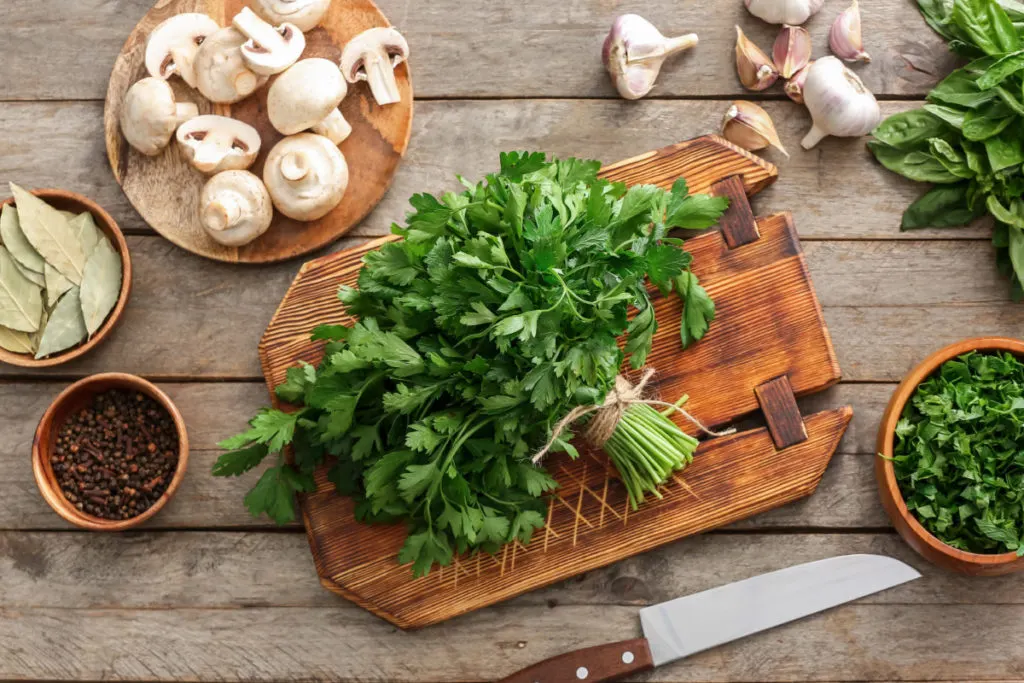
Flat leaf parsley or Italian parsley is a low maintenance, easy to grow cultivar that is very flavorful and used in a wide variety of culinary dishes.
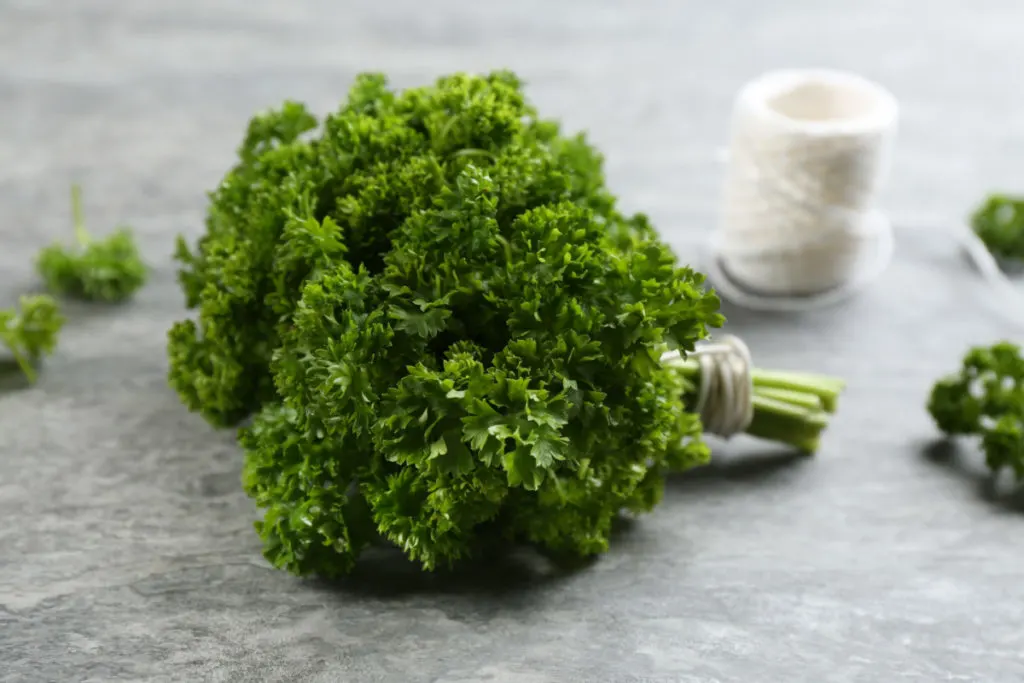
Curly leaf parsley or French parsley has a wonderful texture but is considered less flavorful than flat leaf parsley and is often used as a garnish.
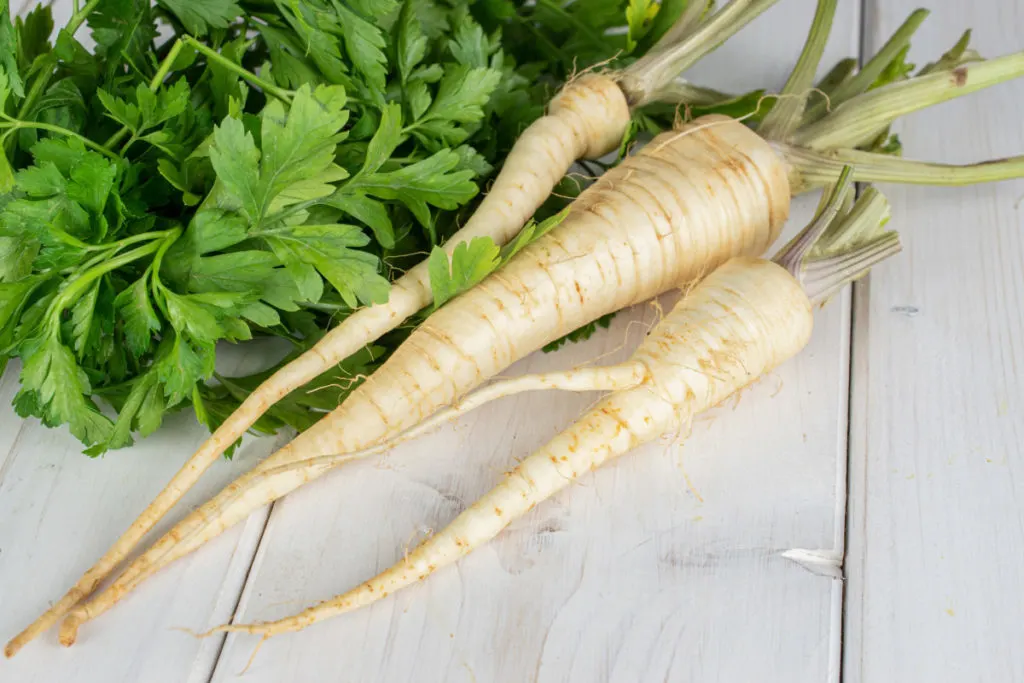
Hamburg root parsley isn’t grown primarily for its leaves like the other varieties – though the foliage is tasty too – it produces an edible white-ish tuber beneath the surface that resembles parsnip.
The Nutritional Value of Parsley
In addition to its flavor profile, parsley is low in calories but dense in nutrients. In fact, it ranked number 8 out of 47 tested vegetables in a 2014 study on nutrient-dense foods.
| Per Cup of Parsley, raw | % of DV | |
| Calories | 21.6 | |
| Protein | 1.8 g | 4% |
| Fiber | 2.0 g | 8% |
| Vitamin A | 5055 IU | 101% |
| Vitamin C | 79.8 mg | 133% |
| Vitamin E | 0.4 mg | 2% |
| Vitamin K | 984 mcg | 1230% |
| Thiamin | 0.1 mg | 3% |
| Niacin | 0.1 mg | 4% |
| Riboflavin | 0.1 mg | 3% |
| Vitamin B6 | 0.1 mg | 3% |
| Folate | 91.2 mcg | 23% |
| Pantothenic Acid | 0.2 mg | 2% |
| Calcium | 82.8 mg | 8% |
| Iron | 3.7 mg | 21% |
| Magnesium | 30 mg | 7% |
| Phosphorus | 34.8 mg | 3% |
| Potassium | 332 mg | 9% |
| Zinc | 0.6 mg | 4% |
| Copper | 0.1 mg | 4% |
| Manganese | 0.1 mg | 5% |
As you can see, parsley is super rich in vitamins A, C, and K. Parsley is also an excellent source of antioxidants, particularly flavonoids and beta carotene.
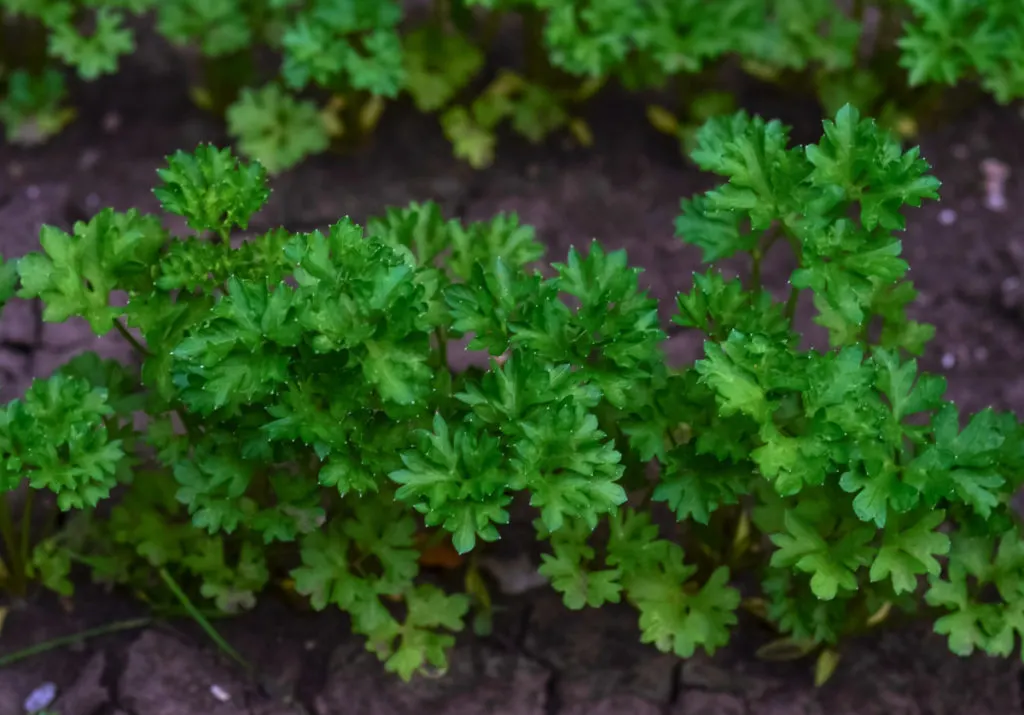
Parsley Growing Conditions:
Hardiness
Parsley is hardy in USDA zones 5 to 9 and can withstand temperatures as low as 10°F. Though it will lose its leaves in a prolonged freeze, you can protect plants with a garden cloche or bring them indoors to overwinter.
Light Requirements
Parsley grows equally well in full sun or part sun.
Soil
Like most plants, parsley will perform best in loamy, nutrient-rich soil.
Watering
Though gardeners should endeavor to keep the soil moist at all times, parsley is fairly drought tolerant. A slightly drooping plant will be immediately perked up when given a good drink.
Fertilizer
Simply adding compost to the soil at planting time should provide more than enough nutrients for the plant to thrive all season long.
Companion Plants
Plant parsley near roses, corn, tomatoes, carrots and asparagus.
How to Grow Parsley
From Seed…
Parsley seeds are slow to germinate, taking up to 3 weeks to sprout. Soak seeds overnight in a glass of water to help speed up the process.
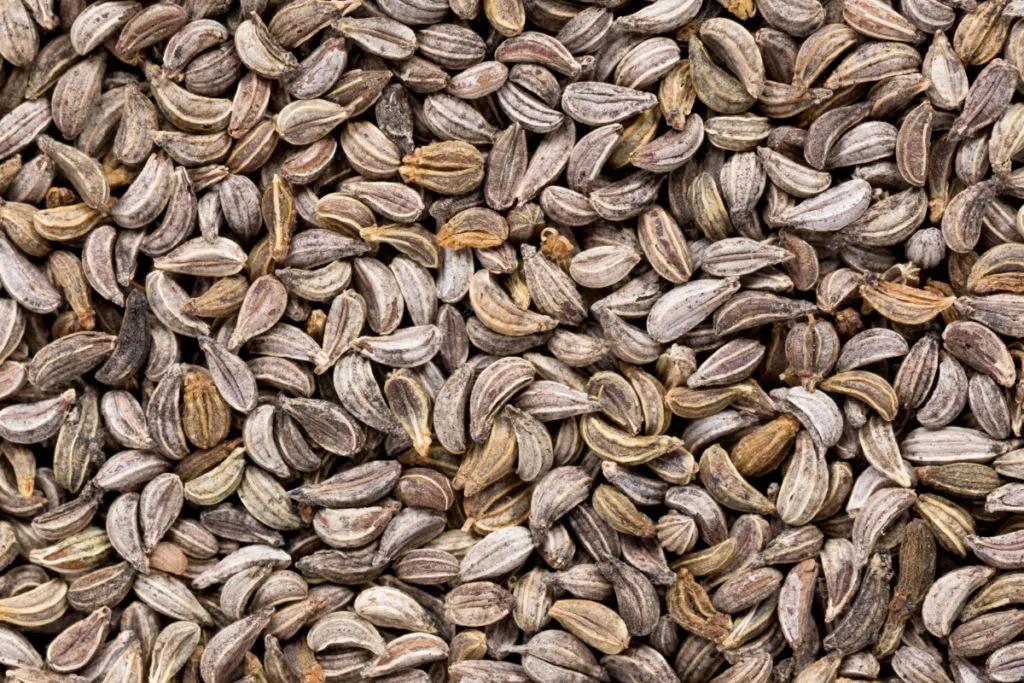
- Parsley can be started indoors 10 to 12 weeks before the last spring frost or sown directly in the garden 3 to 4 weeks before the last spring frost.
- Plant seeds an ½ inch deep and 6 to 8 inches apart.
- Keep the soil evenly moist. If starting seeds indoors, cover pots with a humidity tent and remove once seedlings emerge.
- When seedlings are large enough to handle, transplant into the garden, 6 inches apart with 6 inches between rows.
From Starter Plant…
Parsley seedlings are ready to be planted outdoors once the soil warms to around 70°F.
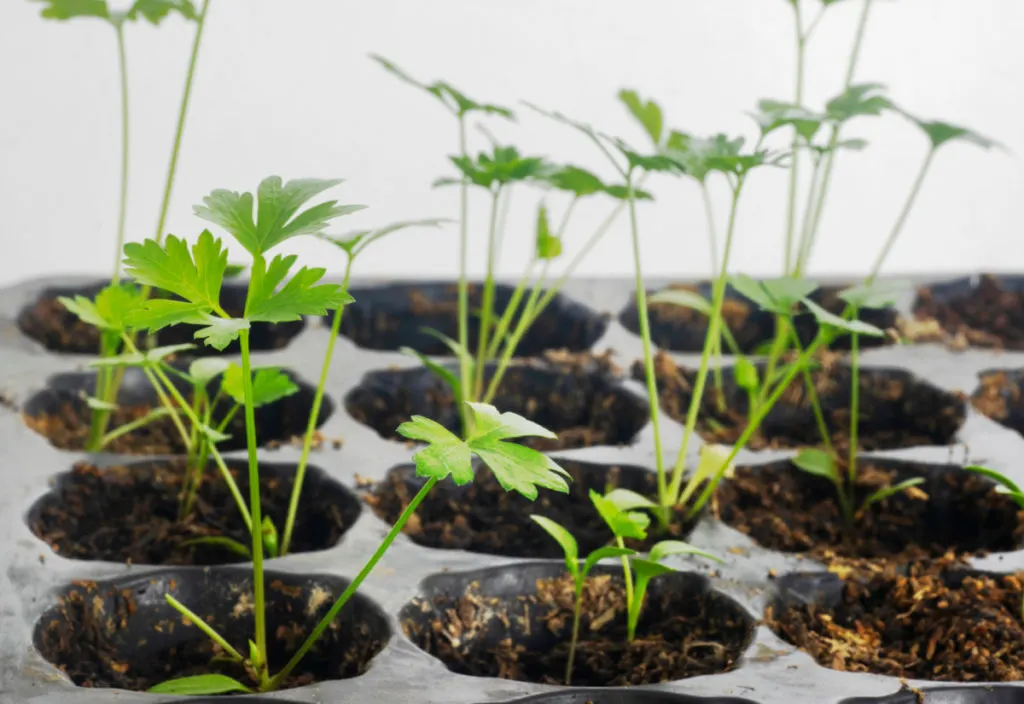
- Because each parsley plant produces a long, singular taproot as it matures, loosen the soil to a depth of 12 inches.
- Work some compost or manure into the soil.
- Plant parsley starts 6 inches apart and water thoroughly.
How to Harvest Parsley
Take parsley cuttings often throughout the growing season. To harvest parsley, snip stalks down to ground level, working from the outside towards the center. Leave the central stalks and leaves alone to ensure your parsley plants remain productive.
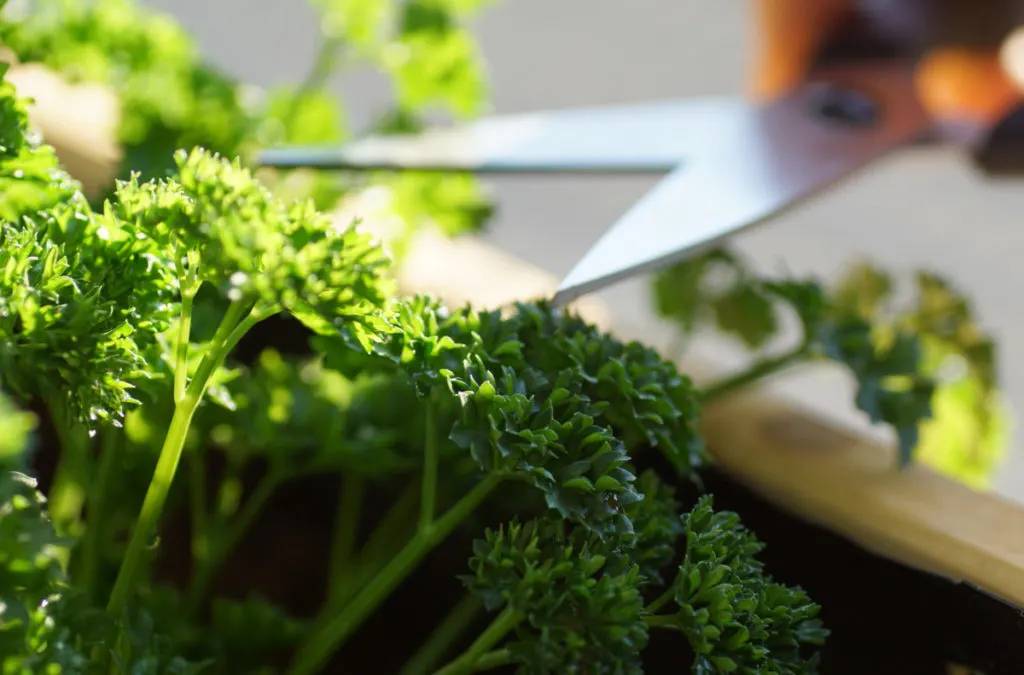
Use parsley right away for salads, soups, sauces, marinades, and more. Simply chop up the leaves and stems before adding it to your recipes. You can also prolong parsley’s freshness by placing the leafy stalks in a cup of water and storing it in the fridge for a few days.
To dry parsley, hang bunches of sprigs in a warm, dark, and airy place. When completely dried, crush it up and store it in an airtight container.
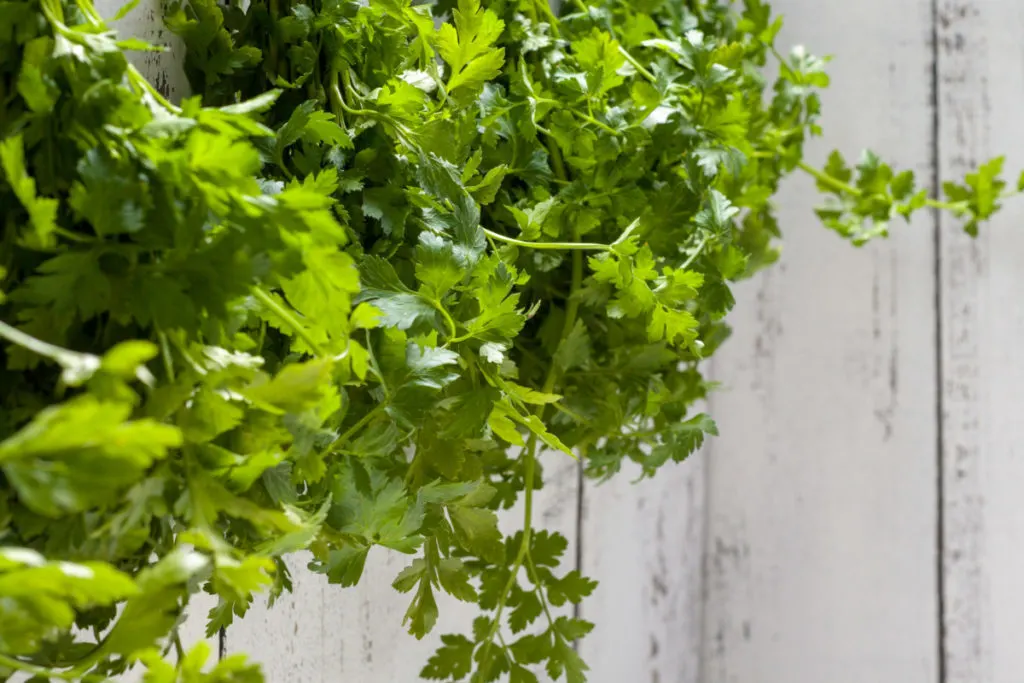
Parsley can also be frozen to prolong its shelf life. Place chopped parsley in an ice cube tray and top off with water. Place in the freezer until frozen and then bag it up. Thaw out a parsley cube before adding it to your recipe.
Parsley Seed Saving
In its second year, parsley puts most of its energy toward flowering and seed production. While you can pinch off flowers as they emerge, leave a few plants to bolt in order to collect the seeds.
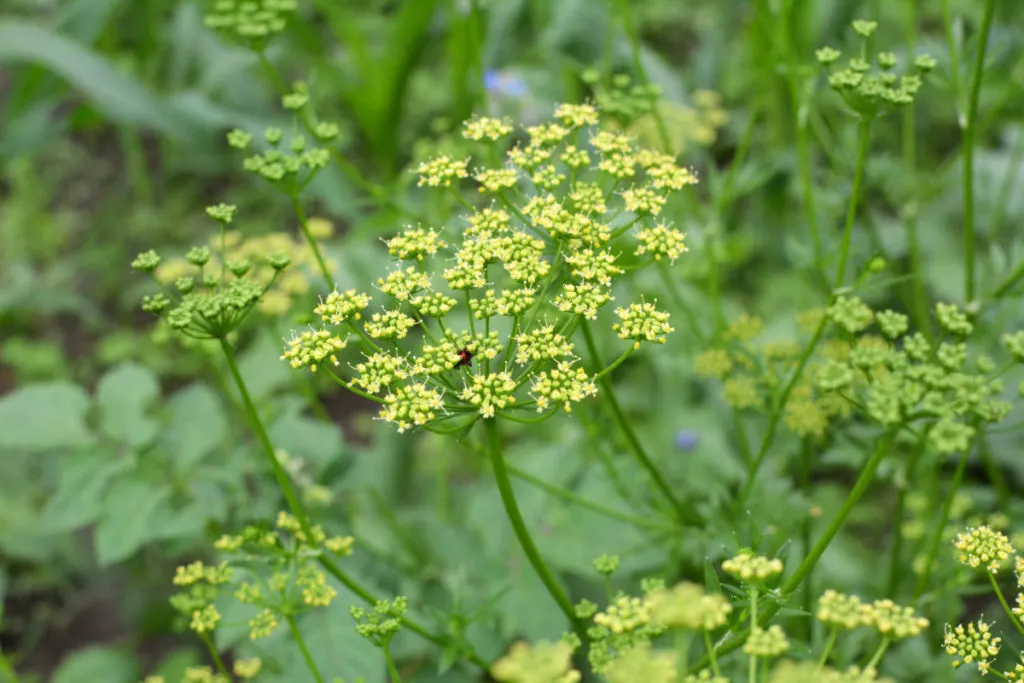
After parsley flowers, allow the blooms to dry and turn brown before taking them from the plant. Place flower heads in a brown paper bag and gently rub until the seeds fall off.
Sift seeds out of the plant debris with a fine mesh strainer and store them in an airtight container in a cool, dry spot.
The seeds should be viable for up to 3 years.
Common Issues:
During periods of warm, wet weather, parsley may be prone to fungal diseases like crown and root rot, leaf spot, and blight.
You can prevent these by ensuring your plants receive good air circulation through regular pruning, and are situated in a spot with ample sunshine in well-draining soil. Remove any infected foliage to stop the spread.
Although parsley isn’t particularly prone to serious pest infestations, there are a few types of insects to be wary of. Since parsley is closely related to carrots, celery, and parsnips, it can become affected by carrot fly and celery fly.
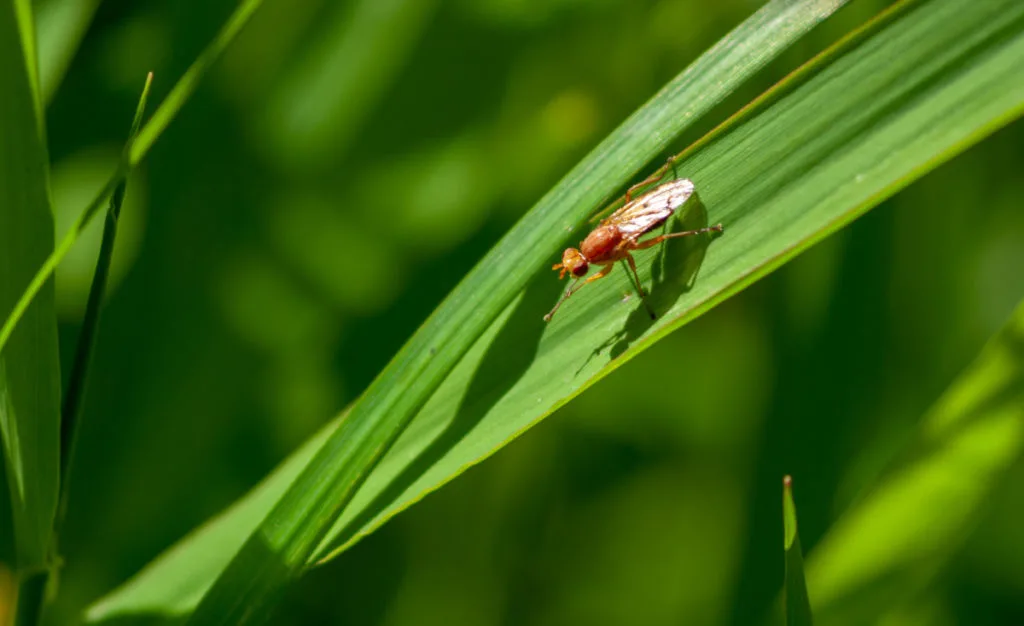
While these pests can be difficult to control, practicing crop rotation every season and using insect-proof mesh, like Enviromesh – can go a long way toward preventing future invasions.
15 Ways To Use Parsley
If you’ve grown more parsley than you can handle, then here are fifteen brilliant ways to use it all up.

Get the famous Rural Sprout newsletter delivered to your inbox.
Including Sunday musings from our editor, Tracey, as well as “What’s Up Wednesday” our roundup of what’s in season and new article updates and alerts.

